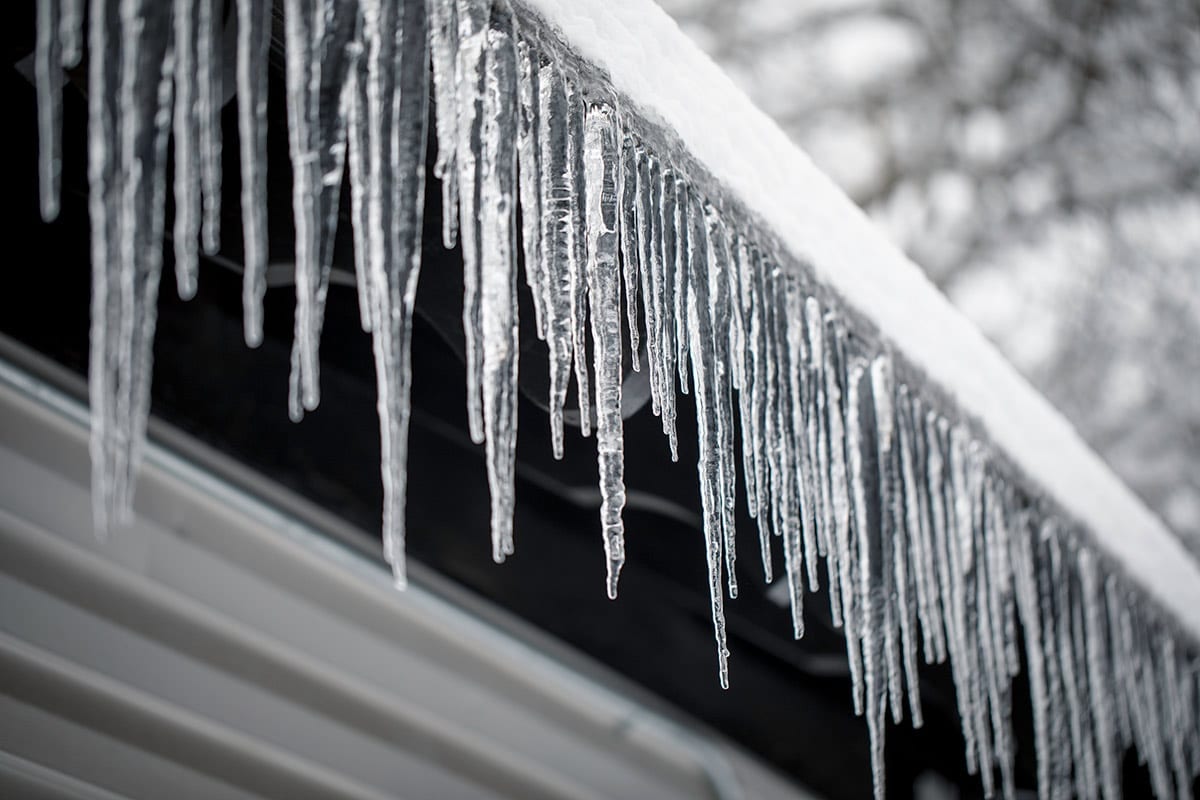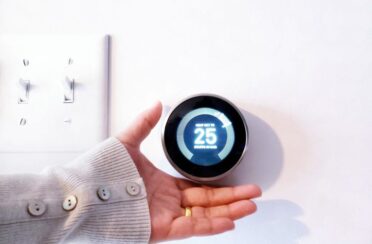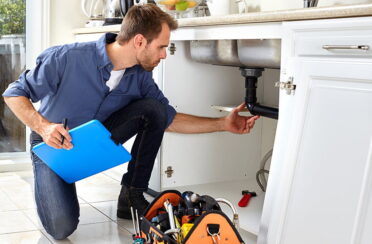 As temperatures drop, the frequency of winter plumbing issues always rises. Household plumbing is often the first victim during the cold season as water flowing through pipes meets frigid temperatures. While most homes here are constructed to reduce the possibility of winter plumbing issues, the penetrating cold during a long winter season still poses a threat to both supply and drain pipes, as well as associated fixtures like the water heater. Here are some typical winter plumbing issues and tips to avoid them.
As temperatures drop, the frequency of winter plumbing issues always rises. Household plumbing is often the first victim during the cold season as water flowing through pipes meets frigid temperatures. While most homes here are constructed to reduce the possibility of winter plumbing issues, the penetrating cold during a long winter season still poses a threat to both supply and drain pipes, as well as associated fixtures like the water heater. Here are some typical winter plumbing issues and tips to avoid them.
Frozen Pipes
A frozen water-supply pipe that ruptures can release hundreds of gallons of water into the structure and cause extensive damage. To reduce the potential of frozen pipes:
- Make sure exposed segments of water-supply lines are insulated with foam, pipe-insulating sleeves. Pay particular attention to pipes routed through unheated zones such as the attic or crawl space.
- Seal cracks or gaps in exterior walls that allow frigid outdoor air to infiltrate the wall structure and contact water pipes.
- If a hard freeze is in the forecast, keep the furnace running with the thermostat setting of at least 55 degrees continuously while extreme cold weather lasts. Open taps in the house to allow a trickle of water in order to reduce internal pipe pressure and prevent bursting.
- If water suddenly stops flowing from a particular faucet during very cold weather, don’t wait for the pipe to thaw. Instead, contact a plumber immediately.
Drain Pipes
Excessively cold drains may cause grease, soap scum, and other substances to freeze and form clogs. It’s a good idea to keep grease out of drains year-round, but be particularly careful during the winter. When disposing of any liquids that may solidify in cold temperatures, pour boiling water down the drain to keep the pipes open.
For your heating and plumbing needs, contact Arpi’s Industries.


